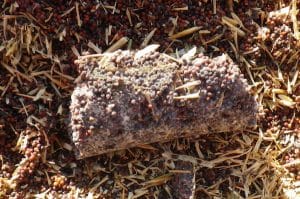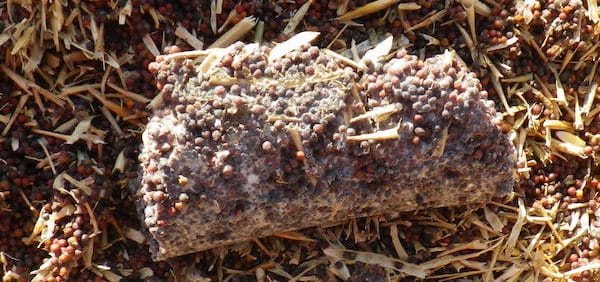Bags are suitable for short-term storage of tough canola. A Saskatchewan study from 2009 (a fall remarkably similar to 2016), compared bag storage of canola at 12%, 13% and 14% moisture. At 14% moisture, canola in the study did not cool down as expected when outside temperatures cooled, so growers emptied those bags in December.
A more recent and intensive U of M study came to the same conclusion. Canola at moisture levels above 12% should only be stored for three to four weeks to avoid deterioration of quality.

While bags may “breathe” a little, they don’t have airflow (although that is an option), they tend to fluctuate more with changes in outside temperature (which means they cool faster but also warm up faster), and they are often not as accessible in winter if something goes wrong.
Bags, in general, are considered best for short-term storage of canola and, regardless of the moisture, should be unloaded prior to spring thaw.
If leaving bags for the winter, watch them regularly. Feel them for warm temperatures. Probe them if possible. Tape up any holes that may occur due to wildlife or any other damage. Spoilage in bags often starts around holes.
